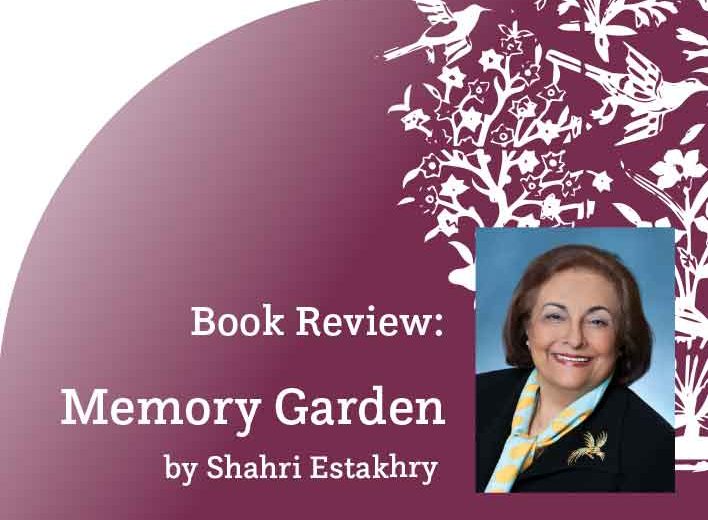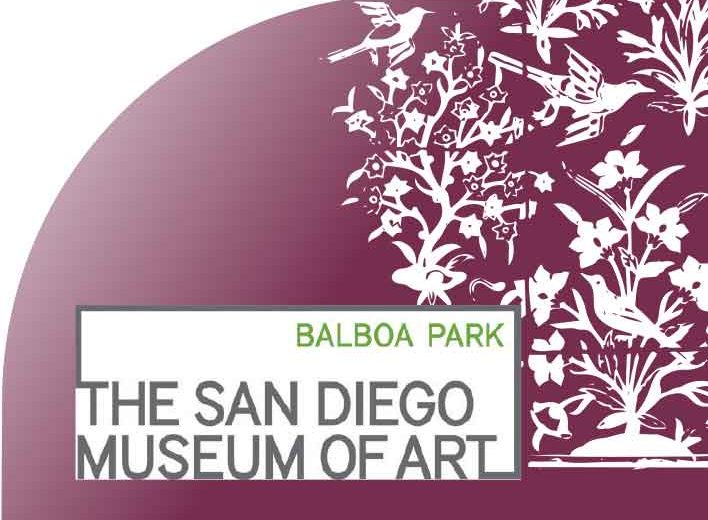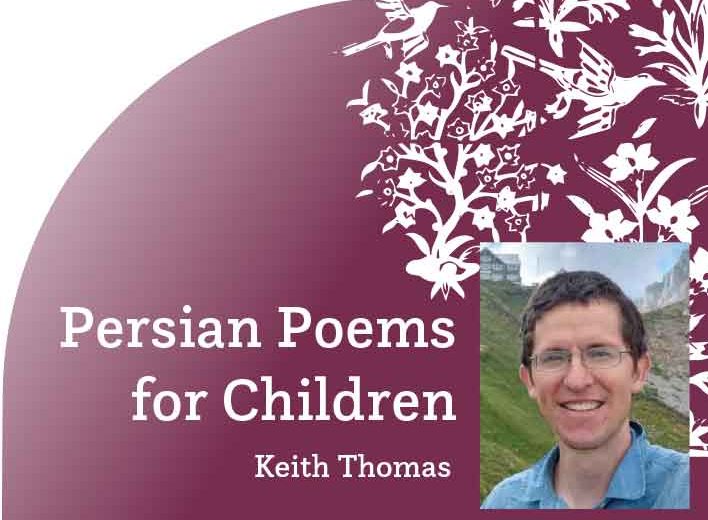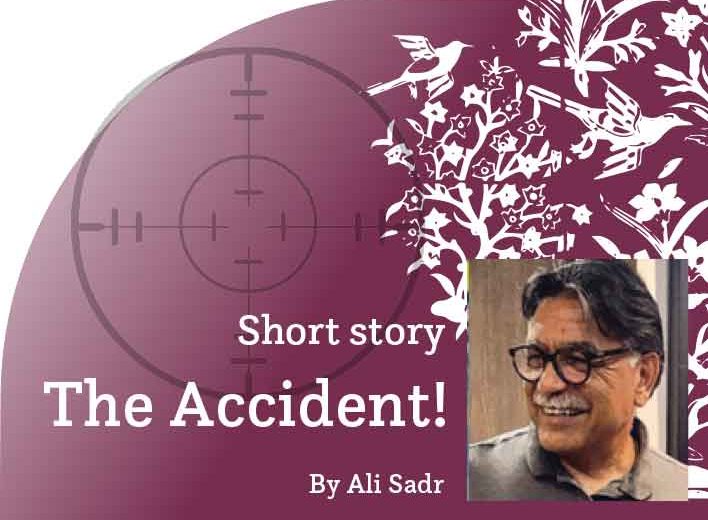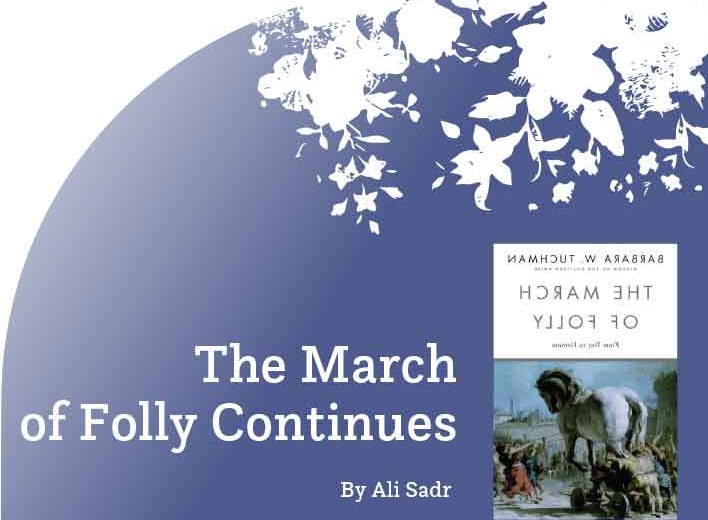By Sheiveh Jones
This time last year, I mentioned I would get into my older son’s classroom and talk to the class about Nowruz. So now it is time to do the same thing for my youngest son who is kindergarten. I was impressed this year by the teacher because she approached me and asked if I would give a presentation to the class about Persian New Year. She knew about it because a few years prior, another student’s mom came in and presented. This is a great example of the power we have as an ethnic group to educate others, including educators, about the positive aspects of our culture.
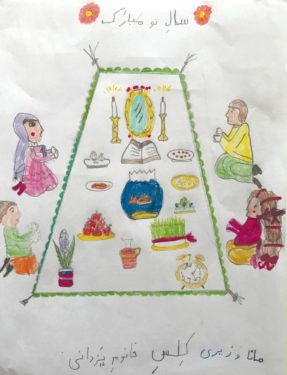
By the time children are in upper elementary and/or middle school, they could easily incorporate Nowruz into a cultural project they might be working on in English or social studies. In the lower elementary grades, however, there are still opportunities as a parent to “volunteer” the information.
I thought today I would share with you some tips on how to successfully engage elementary school children on the topic of Nowruz without losing your audience. Younger students have a hard time sitting still and listening to someone speak for long periods of time. The rule of thumb is one minute of talking for every year of age. So, for instance, when I go to the kindergarten class full of 5 and 6 year- olds, I’m going to limit my talking to 5 to 6 minute chunks and will stick with a ten to fifteen minute presentation.
Below you will find a list of suggestions for engaging students:
1- Set up a mini- Haftseen table so students are curious about what you are sharing;
2- Ask the group if and how they celebrated New Year’s this year. Allow a few students to share what they do for New Years. By doing this, you are creating a connection to and a context for Nowruz.
3- As you talk about the Haftseen table, use the Farsi terms for the various items while holding them up and have students guess what they mean in English. For example, I might hold up garlic and say this is “sir” in Farsi. Can you “sir”? When they say the word, then ask “what do you think sir means in English?”
4- Pass around the items so students can see and smell them.
5- When you finish the presentation, take questions. Be prepared, particularly with the younger students, to answer very random questions or hear random comments. You might have a student telling you her mom buys garlic from Henry’s!
6- If you are really creative, you might talk to the teacher beforehand about having students create their own Haft- sin. Most teachers would be very happy to help you with this – you can direct students while the teacher deals with the management of the classroom.
Whatever you do, consider you are paving the way for future Iranian students and parents coming to the teacher’s classroom in the future. If the experience is pleasant, the teacher will most likely ask the next Iranian parent to do something for the class around Nowruz!
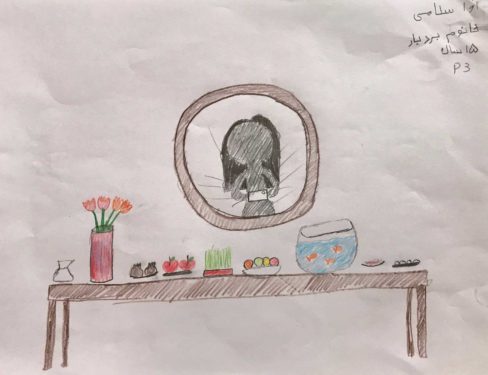
This article was first appeared in Peyk 126. In 2010



